New and Improved Beeswax Wraps!

So this project is actually an upgrade from one of my first ever hometalk projects. Home made beeswax wraps, better than ever before.
Here's everything you'll need. Tea towels, baking paper, scissors, pinking shears, an iron, cotton squares/rectangles, beeswax pellets/grated beeswax, powdered pine resin and jojoba oil.
First cut your cotton to the desired size using pinking shears (this presents the edges of your wraps from fraying).
Protect your surface with a tea towel or 2. Then place a piece of baking paper onto the towels and lay your cotton on top.
Sprinkle grated beeswax all over the cotton evenly.
Next, sprinkle the powdered pine resin evenly over the cotton.
At this stage you should have something that looks like this.
Next, drip the jojoba oil roughly evenly spaced over the cotton. Around 30 drops per wrap as a rough guess.
Now place another piece of baking paper over the top of the wrap.
Run a medium heat iron over the cotton until everything has melted and is evenly spread through the whole wrap. You can clearly see when this has happened because the colour of the cotton becomes far more visible through the baking paper. It's fine for some to "squidge" out of the sides of the wrap, as long as it doesn't come out of the baking paper and get onto your iron.
When it's done, quickly peel off the top piece of baking paper and set it aside. Then quickly peel off the wrap and wave it gently until it cools and hardens (this doesn't take long at all. Less than 30 seconds). Once hardened you can fold it.
This is what your baking paper should look like once it has been used for a wrap. This is perfectly fine to use for more wraps, so repeat above steps for as many beeswax wraps as you want to make.
There you have it. Home made beeswax wraps. The pine resin and jojoba make the wraps more flexible and also 'stickier'. While I do love my other beeswax wraps and do still use them, I do like that these feel more like shop bought expensive ones.
Enjoyed the project?
Resources for this project:
See all materialsComments
Join the conversation
-
 Ticia
on Aug 07, 2021
Ticia
on Aug 07, 2021
I would have liked to see what you wrapped with it and how it stayed closed.
- See 2 previous
-
 Vickie Raymond
on Aug 07, 2021
Vickie Raymond
on Aug 07, 2021
Use them most places you would have used plastic or foil wrap. They hold well. Wipe clean for next use. Can be rinsed under lightly warm water, but shortens their life. If they crack, a quick re-iron (as if making new, but without adding the wax, etc) will redistribute the wax seal
-
 Whitney Hansel
on Aug 02, 2023
Whitney Hansel
on Aug 02, 2023
I’ve found them helpful to replace plastic lids on glass food storage containers. I will often rubber band around the top to help it hold in place. I also will wrap blocks of cheese, sandwiches, etc in beeswax wraps and rubber band around those or tie with jute twine or kitchen string or yarn. Reuse what you’ve got around.
-
-
-
 Whitney Hansel
on Aug 02, 2023
Whitney Hansel
on Aug 02, 2023
No? No what? What does that mean? No YOU don’t care for the project? No that YOU wouldn’t try this project? No that YOU wouldn’t use beeswax wraps? Just an unproductive and unnecessary comment.
Great tutorial. I’ve only seen this done by melting and dipping fabric before this and it seemed messier than I wanted to get into. This method is much more user friendly and I will definitely be doing this as we’ve switched to zero waste in our food storage game. So YES!! Thank you for sharing.
-
-





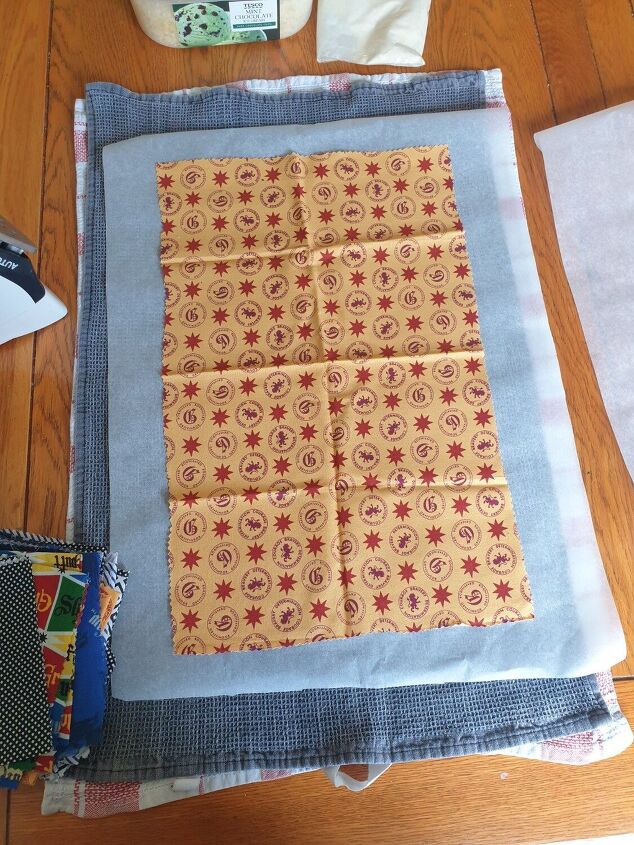



















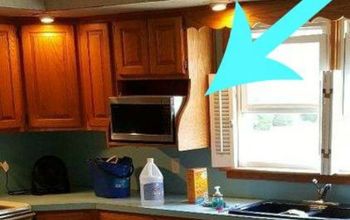




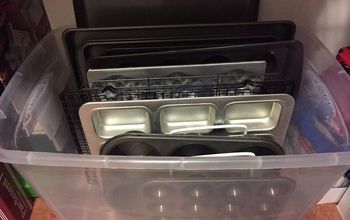
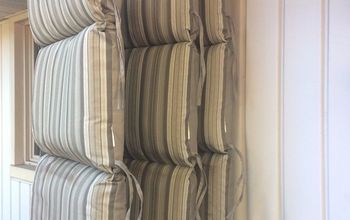
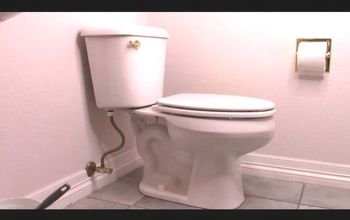










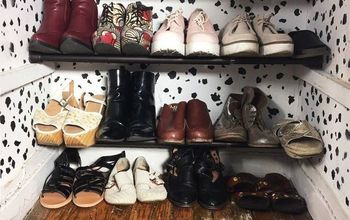



Frequently asked questions
Have a question about this project?
What do you wrap in the finished product?
How do you clean and store them?
What would you use these for?